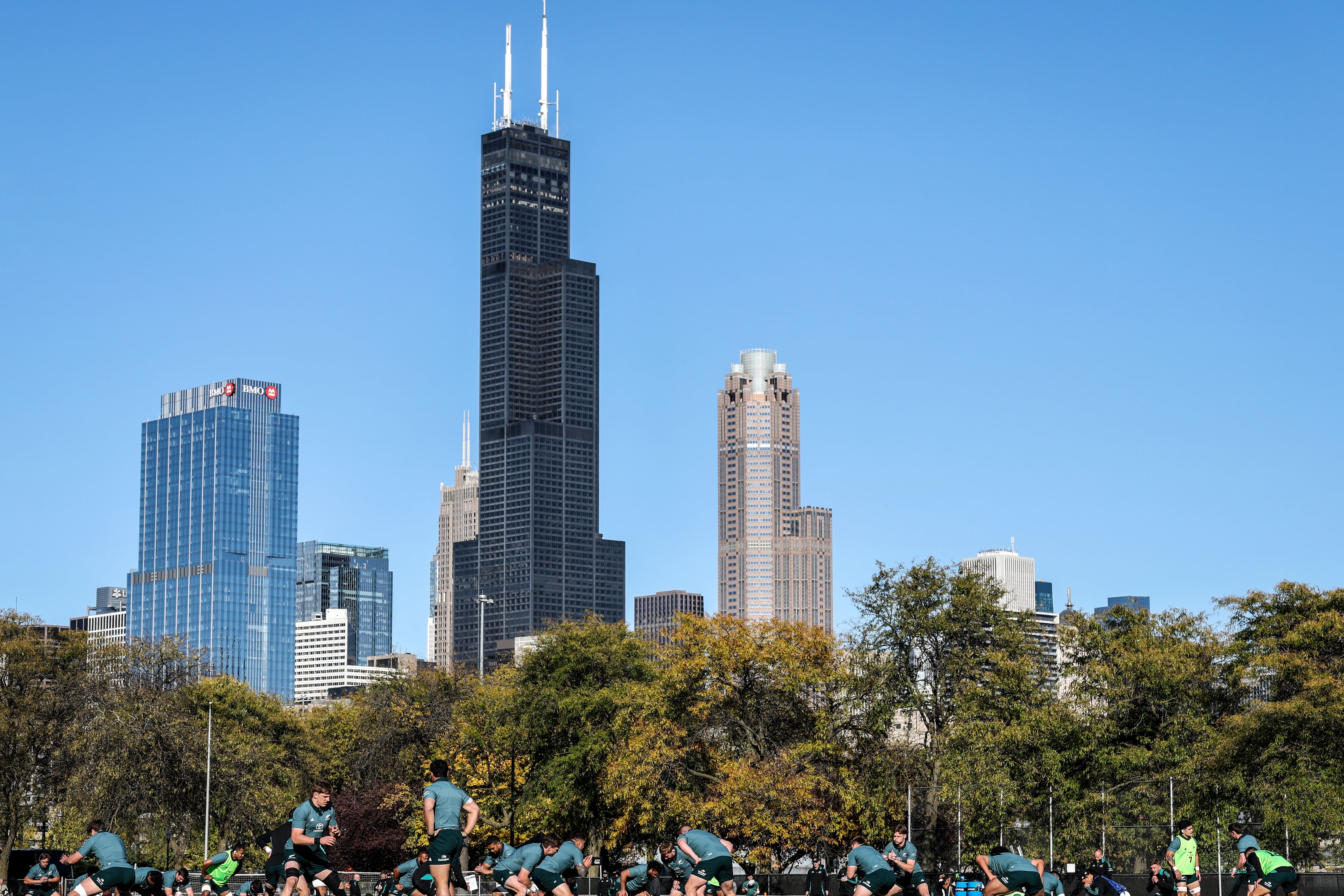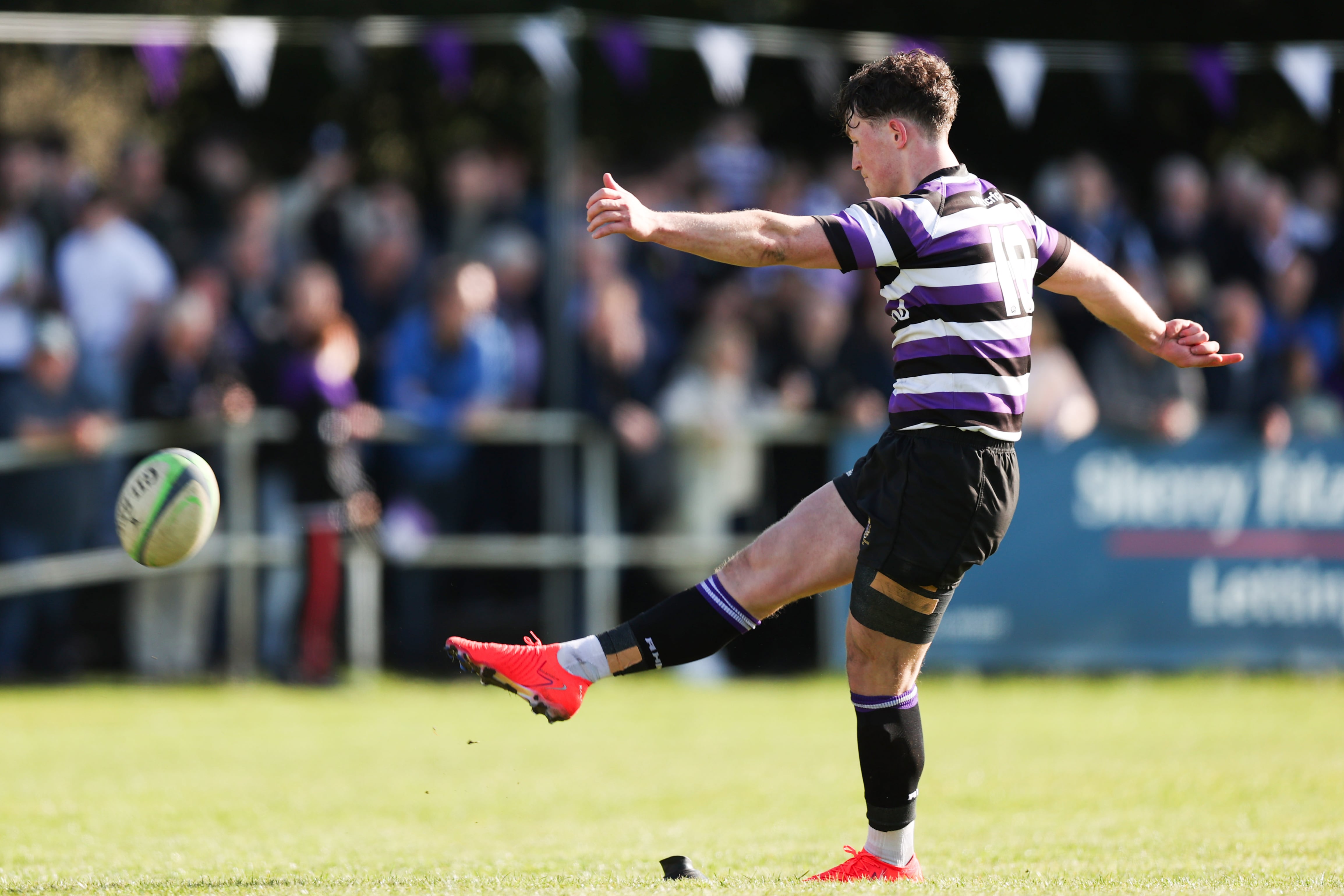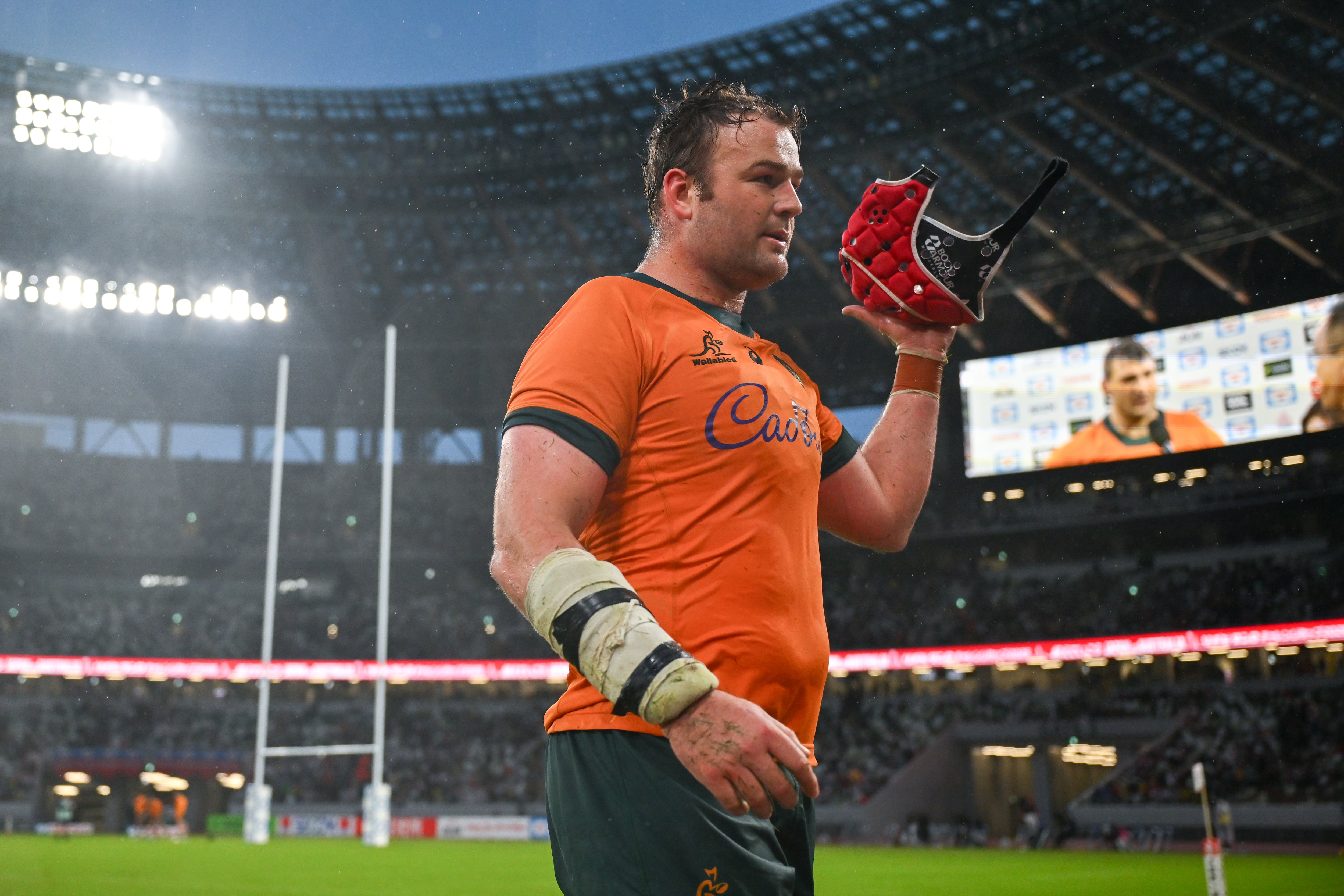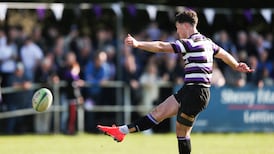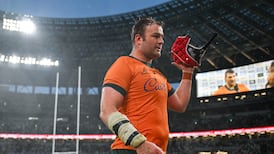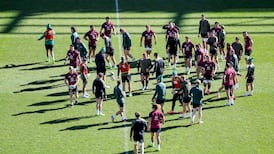The return of scrumhalf Cam Roigard to the starting line-up for New Zealand’s two Rugby Championship victories over Australia offered a timely reminder that the All Blacks are a more potent side when he’s wearing the number nine jersey.
Injury has been a regular stumbling block since he made a breakthrough in 2022, the year in which he was voted “defensive player of the year” for his Counties Manukau side in New Zealand’s NPC, that among other qualities earned him a call-up to an All Blacks XV that toured the northern hemisphere in November of that year.
One of those games was in the RDS where the tourists beat Ireland A 47-19 with Roigard coming on as a second-half replacement. He made his senior New Zealand debut the following year and went to the World Cup in France but ended up a surprising third choice. Injuries stymied his career in 2024 and again this year, but it can’t camouflage his quality as a player.
In 14 Tests for the All Blacks, Roigard has scored 10 tries. His speed, game management and strong defensive skills make him a real handful on both sides of the ball.
READ MORE
There is no better, or more recent, example than in his first game back after a two-month lay-off against the Wallabies in Eden Park. Roigard delivered a virtuoso performance, scoring two tries, beating three defenders, running for 67 metres and giving the Aussies the runaround.
In his absence in the previous four Tests in the Rugby Championship, New Zealand lost two of those games, one apiece to Argentina and South Africa respectively.

Comparisons have been made to Antoine Dupont, which are premature, but there is a similarity in style. In recent times New Zealand have relied on their outhalves like Richie Mo’unga, Beauden Barrett and Damian McKenzie to run the game, with the now retired scrumhalf Aaron Smith offering a quicksilver service. But Roigard is comfortable taking on those decision-making duties.
His blended approach, that of link player and facilitator for his pack in terms of the hard-carrying game, is complemented by his ability to create gaps and space and his nuggety frame takes a bit of stopping.
He was introduced as a replacement in the All Blacks’ 23-13 win over Ireland at the Aviva Stadium last November, but the order has been flipped in Chicago with Roigard starting and Cortez Ratima on the bench. Ireland’s fringe defence at the breakdown is going to have to be razor sharp. As a rule of thumb his running threat gives the New Zealand backline a little more space.
Another aspect of New Zealand’s team selection that will interest Ireland is the composition of the All Blacks pack in which there are only two survivors from the starting eight from last November’s game.
Captain and secondrow Scott Barrett and talismanic flanker Ardie Savea, a scourge to Irish ambitions in the past, remain from that day. A succession of injuries to props, and in particular secondrows, has had coach Scott Robertson diving down the depth chart.
The 23-year-old Fabian Holland, born in the Netherlands and who moved to New Zealand at 16, partners Scott Barrett at lock while 24-year-old Josh Lord is promoted to the bench. Holland and Lord are lightly raced in terms of Test experience but certainly not ability or size, at 6ft 8in each. Ireland will be keen to test that aptitude.
The one thumping that the All Blacks received in the Rugby Championship came in a 43-10 defeat to South Africa, and the start, middle and end of the Springboks’ win came in dominating the set piece and the breakdown. Farrell will be hoping that his side can follow a similar pathway to success.


